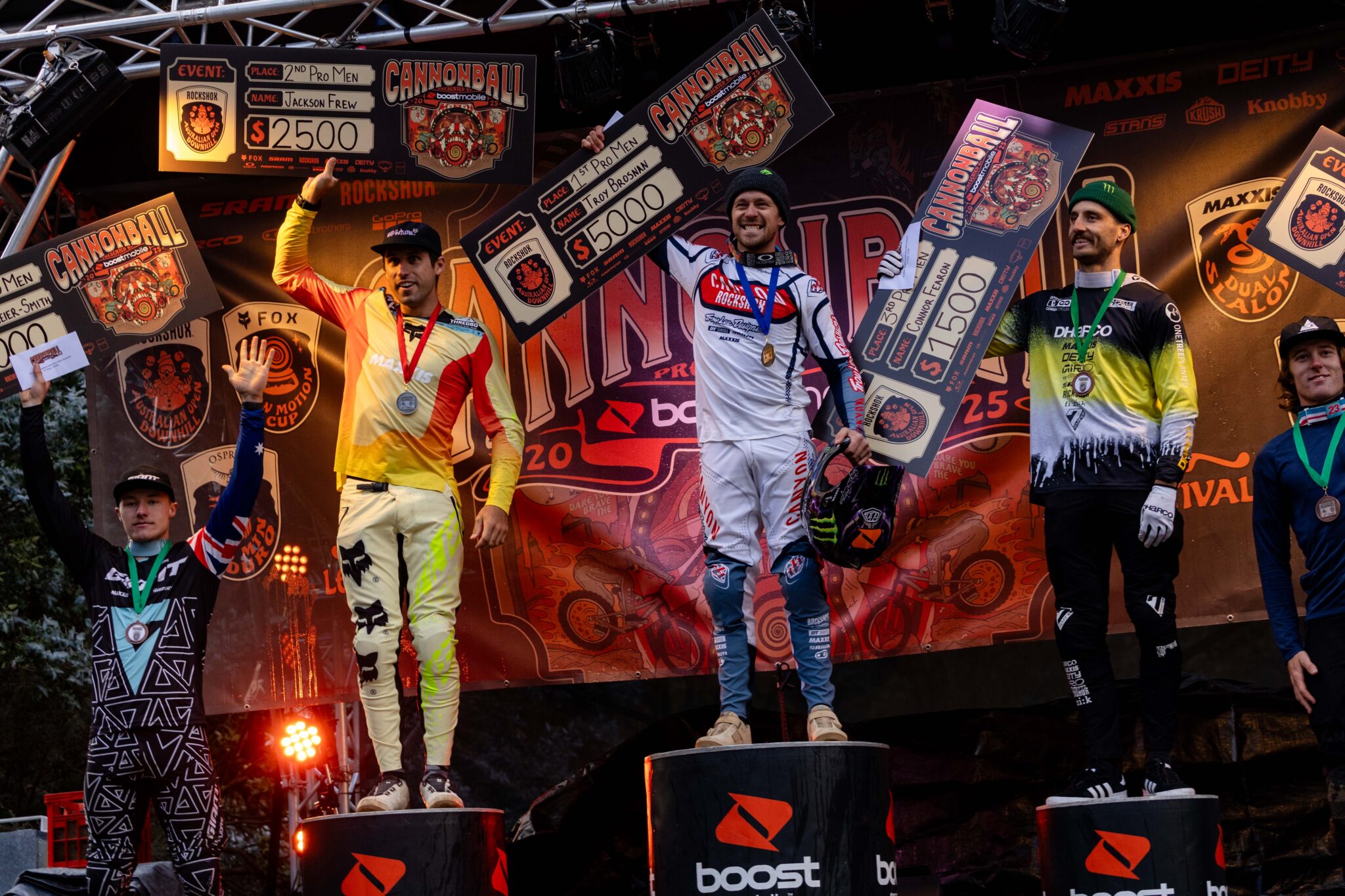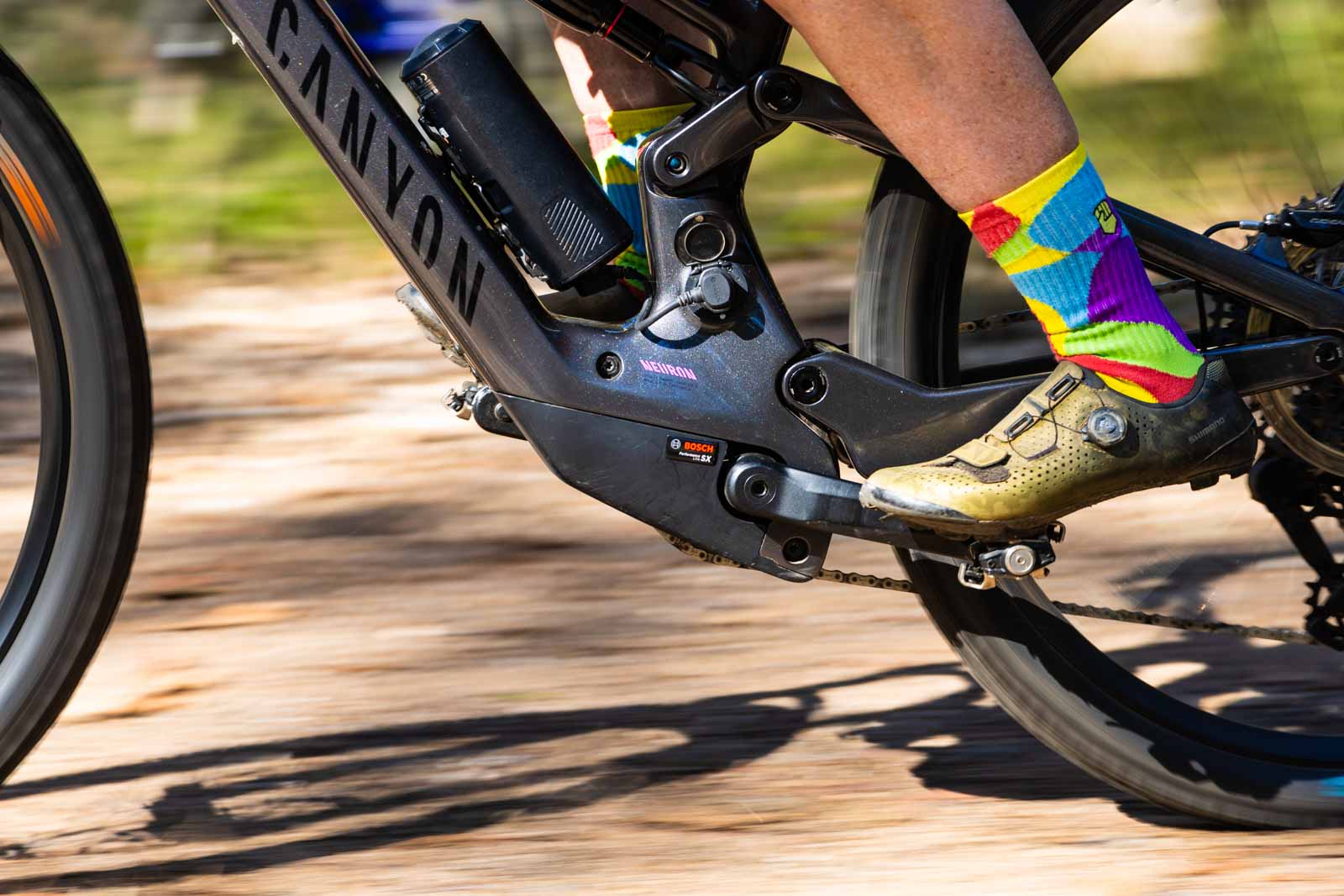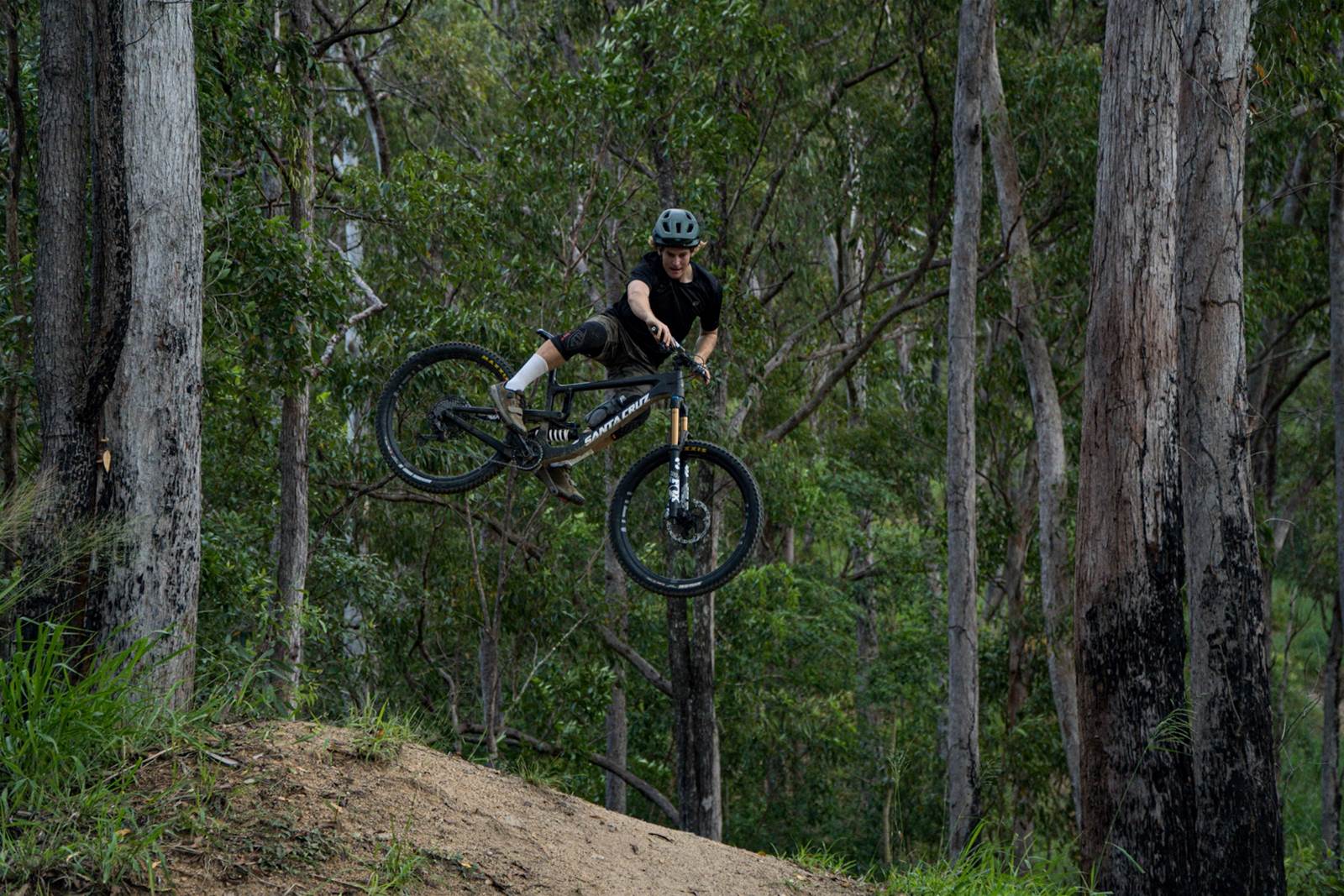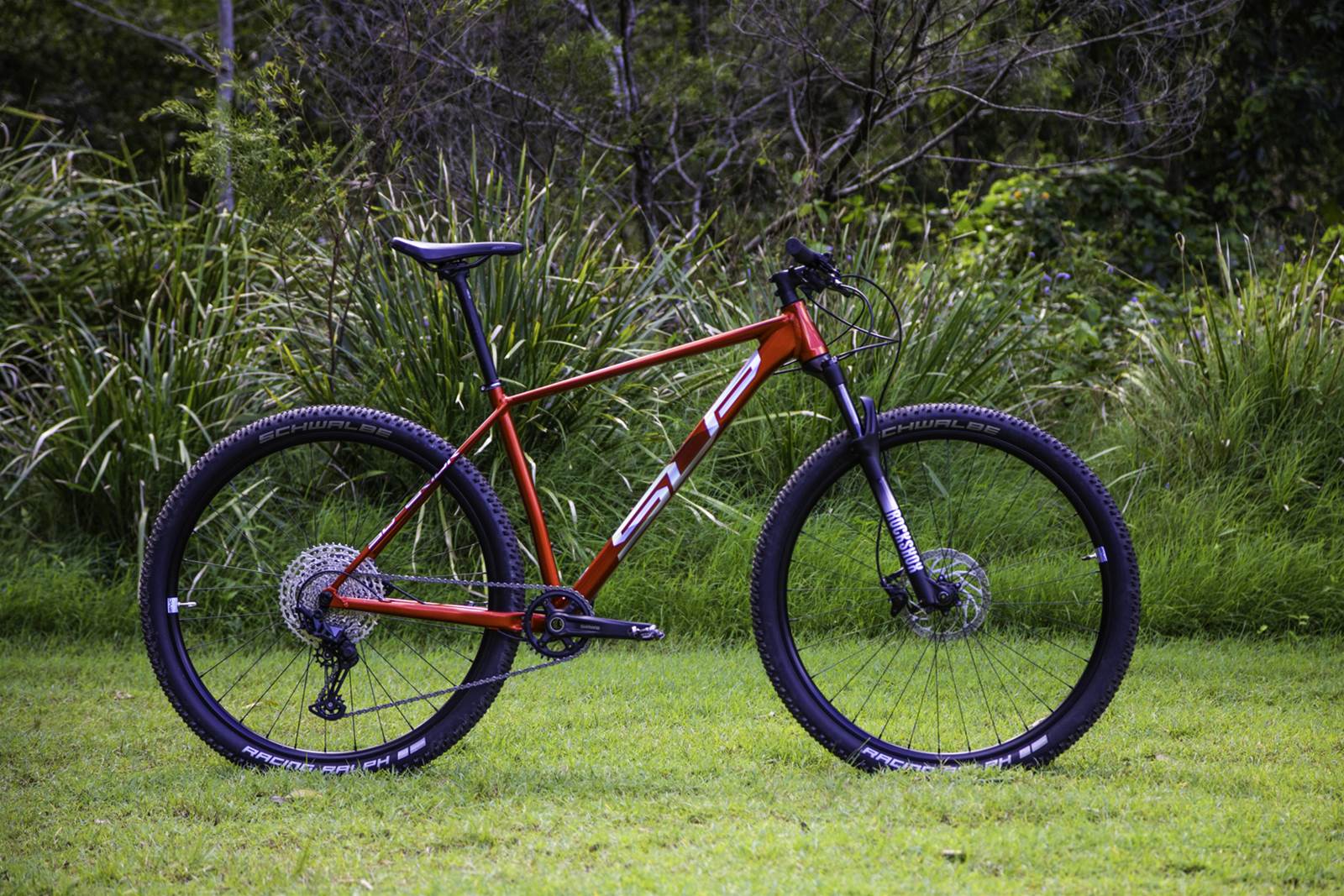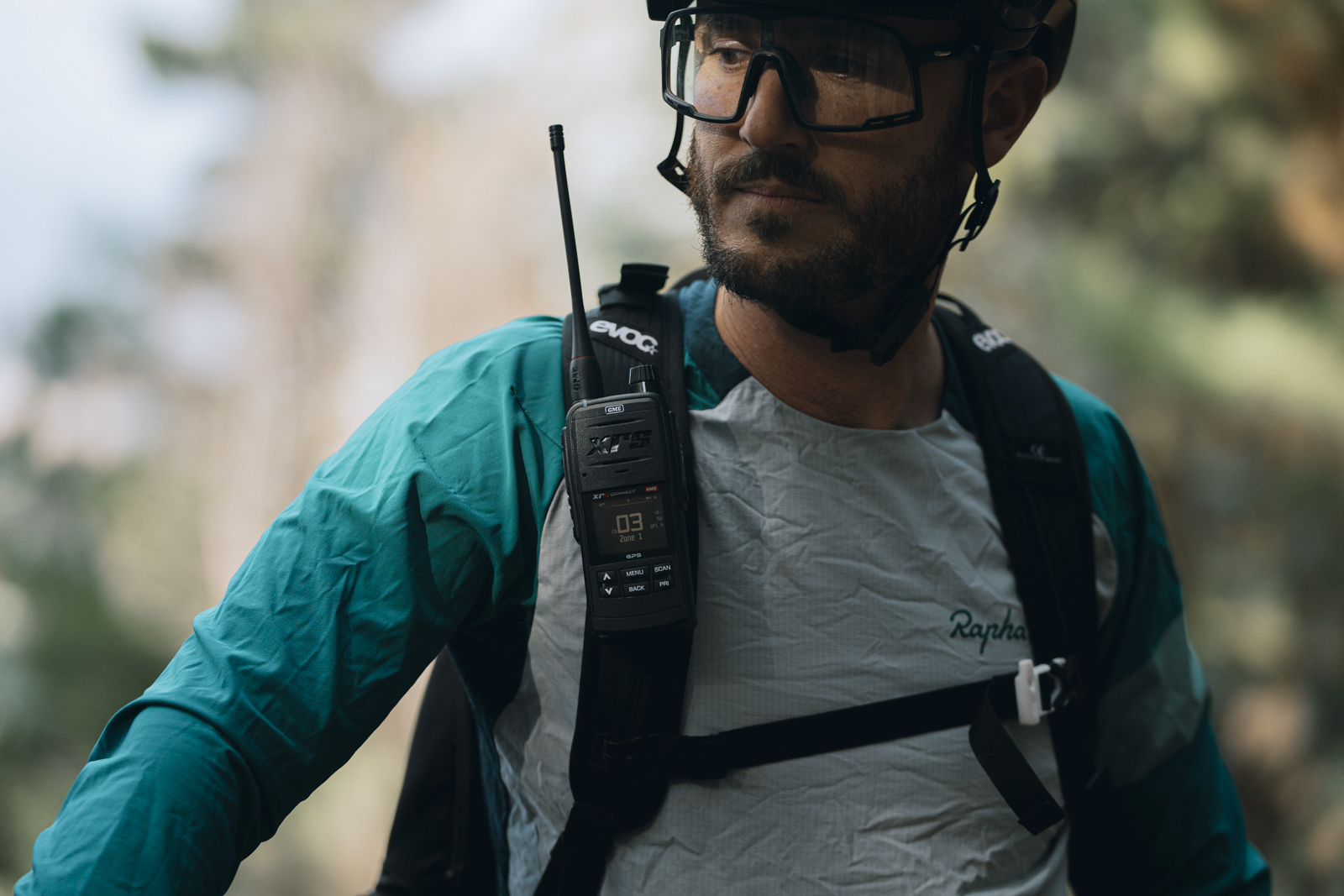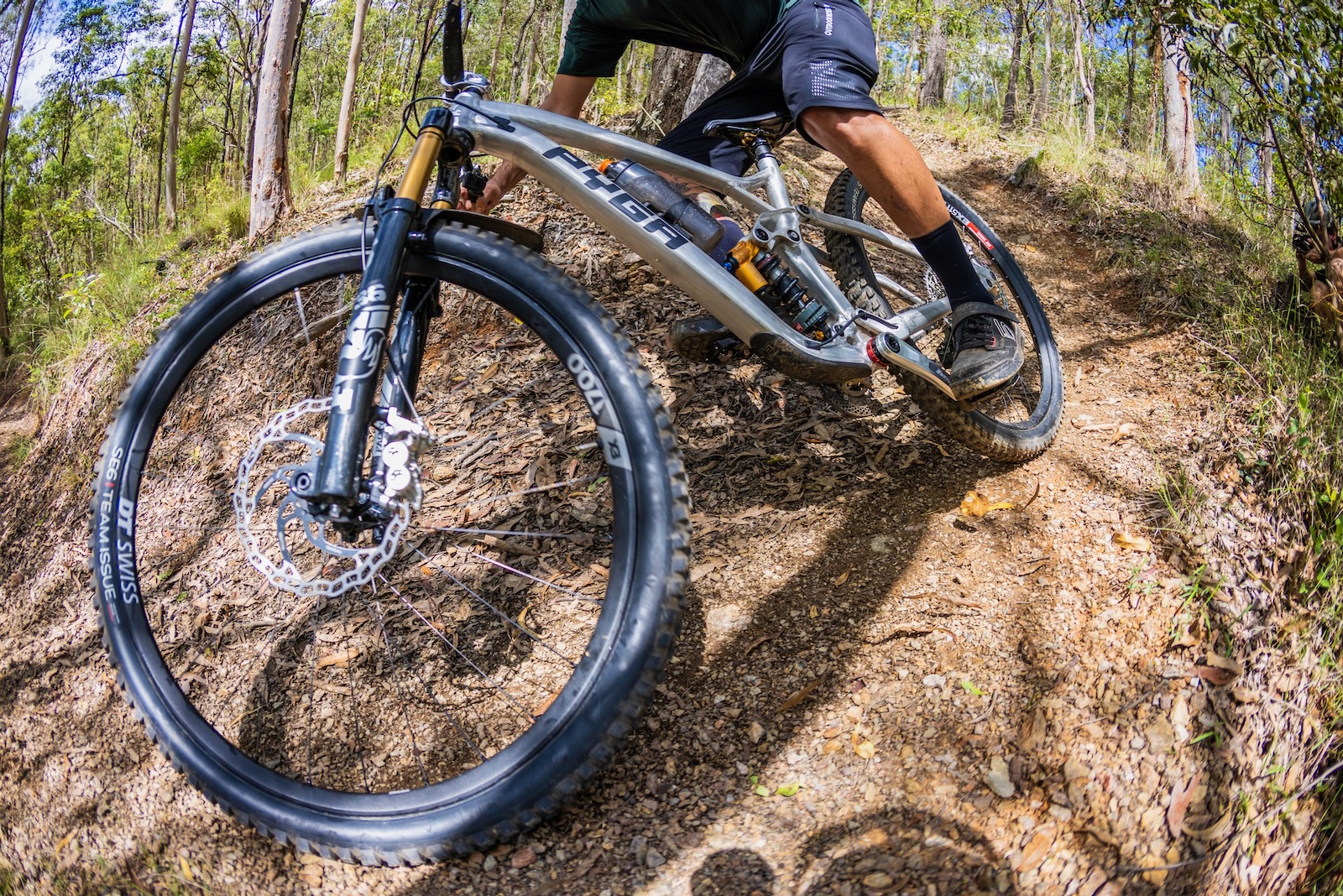TESTED: Revel Bikes Ranger
The Revel Bikes Ranger hits the trails with the same Canfield Balance Formula suspension platform, but with 115mm of travel that is set to get rowdy.
Photos/Video: Matt Staggs
Words: Will Shaw
Introduction:
The Revel Ranger is the shortest travel offering from Colorado based Revel, and the only bike in their lineup we haven’t reviewed. Other AMB testers have enjoyed their time aboard Revel’s Enduro focused Rail and All-Mountain Rascal, so I had high hopes that their downcountry oriented Ranger would also impress.
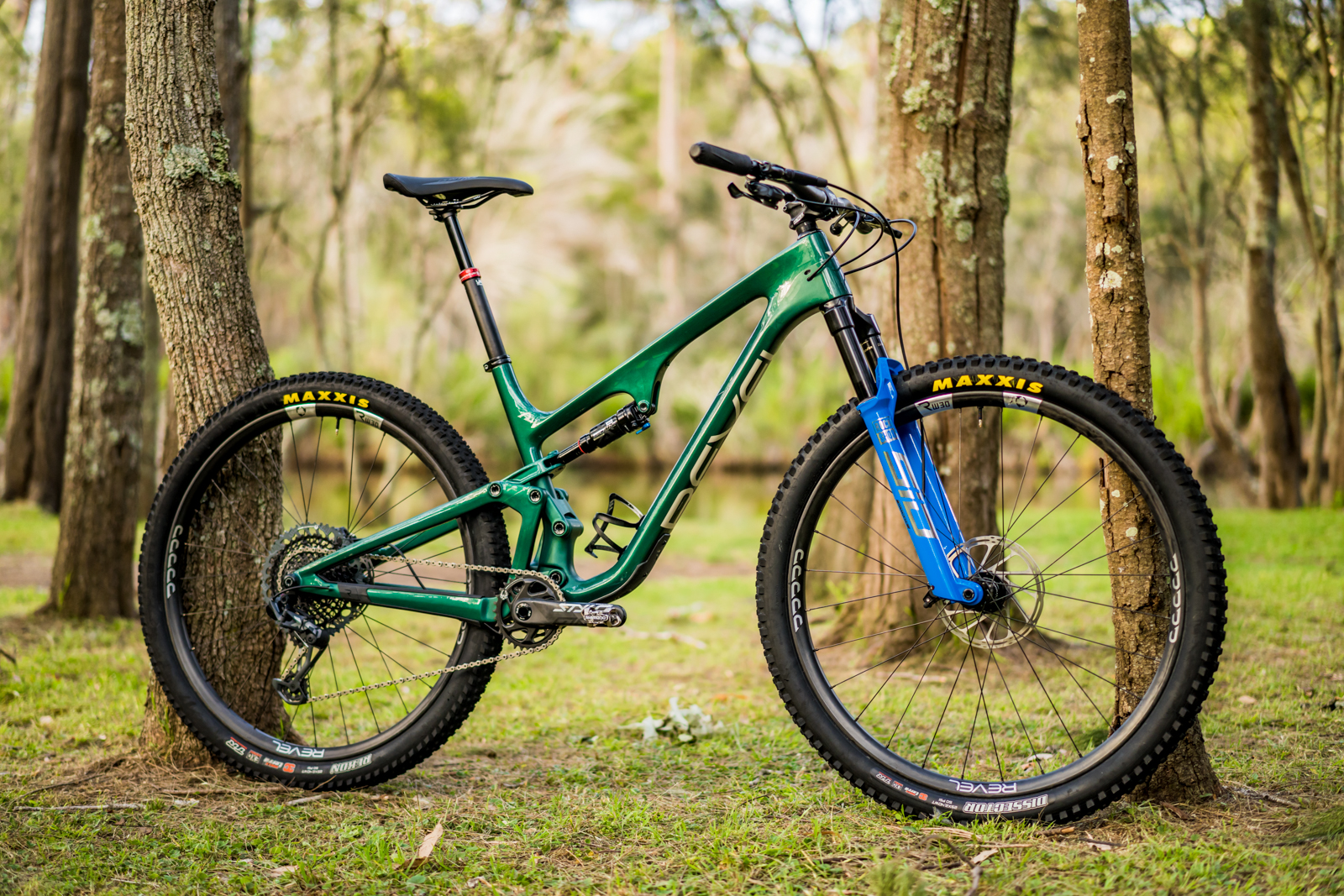
The Ranger features 115mm of rear travel out back, paired with a 120mm travel fork. Revel claim the Ranger is a bike that enjoys the ups as much as the downs, and in my opinion that’s exactly what a good bike in the 110-130mm travel bracket should do.
The Ranger sits in an increasingly busy market segment of bikes with 100-120mm of rear travel paired with 110-130mm up front. Bikes like the Specialized Epic Evo, Trek Top Fuel, Norco Revolver 120 and Yeti SB115 all aim to give riders a bike that’s enjoyable on a wide range of trails, whilst not sacrificing too much pure race speed should you wish to pin on a number.
Initial Impressions:
Pulling the Ranger out of the box, I was immediately impressed by the construction quality and attention to detail that’s gone into the frame set. The paintwork is exceptional, with consistency throughout, and none of the textural differences that you find on some bikes.
There’s plenty of bearings in the frame, but they’re all a decent size and well-sealed. If you’re the kind of rider who gets excited seeing rain on the forecast, Off Road Bikes Online stock replacement bearings, so there’ll be no issue sourcing spares down the line. Despite having 18 bearings in total, there’s actually only two sizes you’ll need to do a full overhaul.
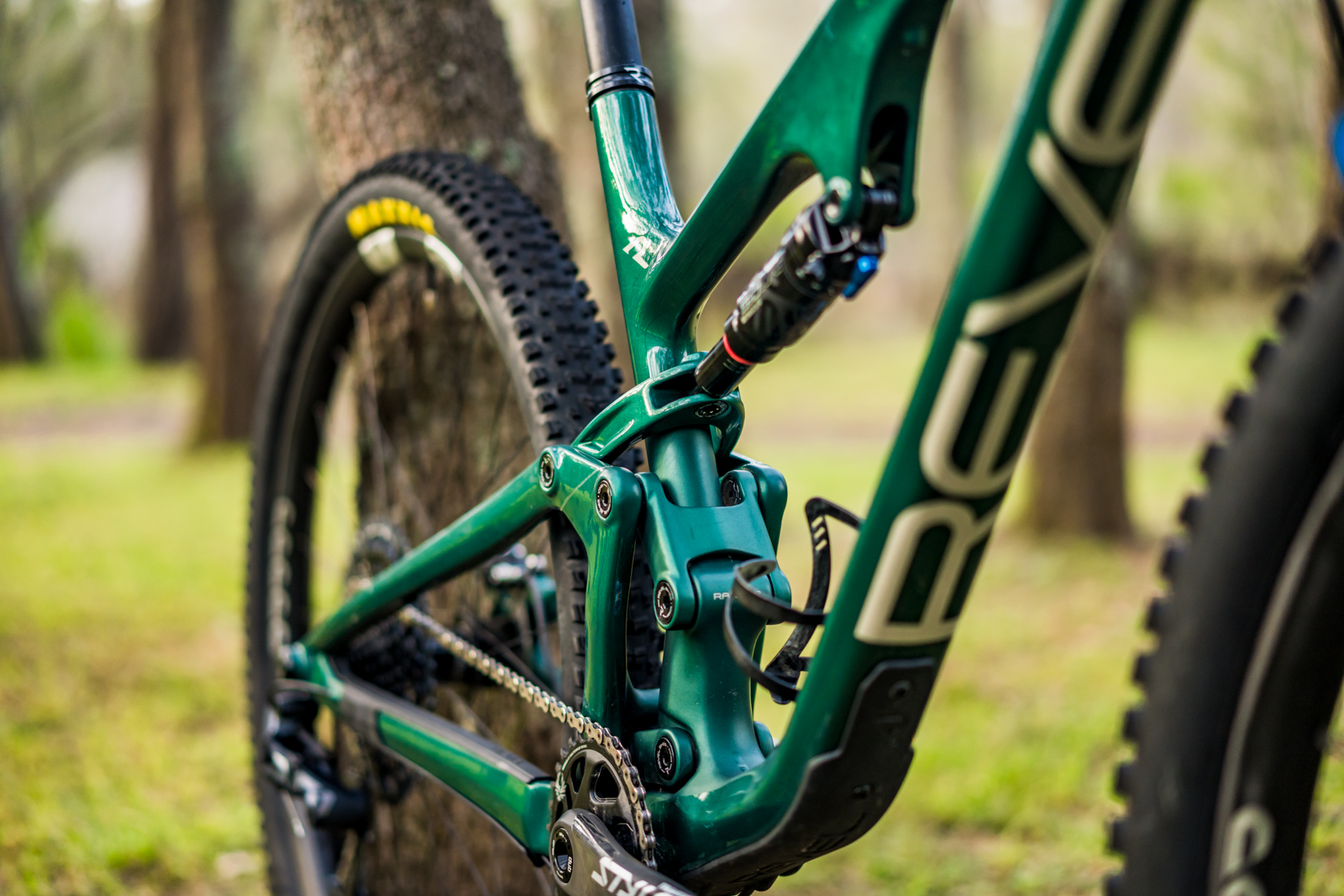
Little touches on the frame set like the functional chain stay and down tube protection show great attention to detail. Compared to some bikes that feature protection in these areas that’s more for show than anything else, the Ranger is a step above. The chain stay protector extends up onto the seatstay, and I experienced no signs of peeling throughout testing.
As the Ranger would be a great bike to tackle stage races, there’s mounts for two bottle cages in the front triangle, as well as a third set of mounts underneath the down tube. I also appreciated the low mounting of the first set of bottle mounts, putting the weight low and central.
The Ranger also has clearance for 2.6” rear tyres, which is great if you like wide tyres, but also gives more room for mud clearance and vigorous cornering.
After more XC and Downcountry bike reviews? See below for some speedy rigs we’ve tested recently.
TESTED: Merida Ninety-Six RC XT
The Ranger uses the same Canfield Balance Formula (CBF) suspension system as the Rail and Rascal. The essence of the CBF system is that the Centre of Curvature (CC) is centered at the top of the chainring throughout the entire suspension stroke. This differs to most suspension designs, where the CC moves throughout the suspension’s stroke.
By keeping the CC in the same place throughout the entirety of the suspension’s travel, Revel are able to ensure your precious watts are going towards propelling you forwards, while also isolating pedalling forces from the movement of the rear suspension. The CBF design also means that braking has minimal impact on the suspension. In its entirety, the CBF system provides a responsive suspension layout that delivers traction and forward momentum, both up and down.
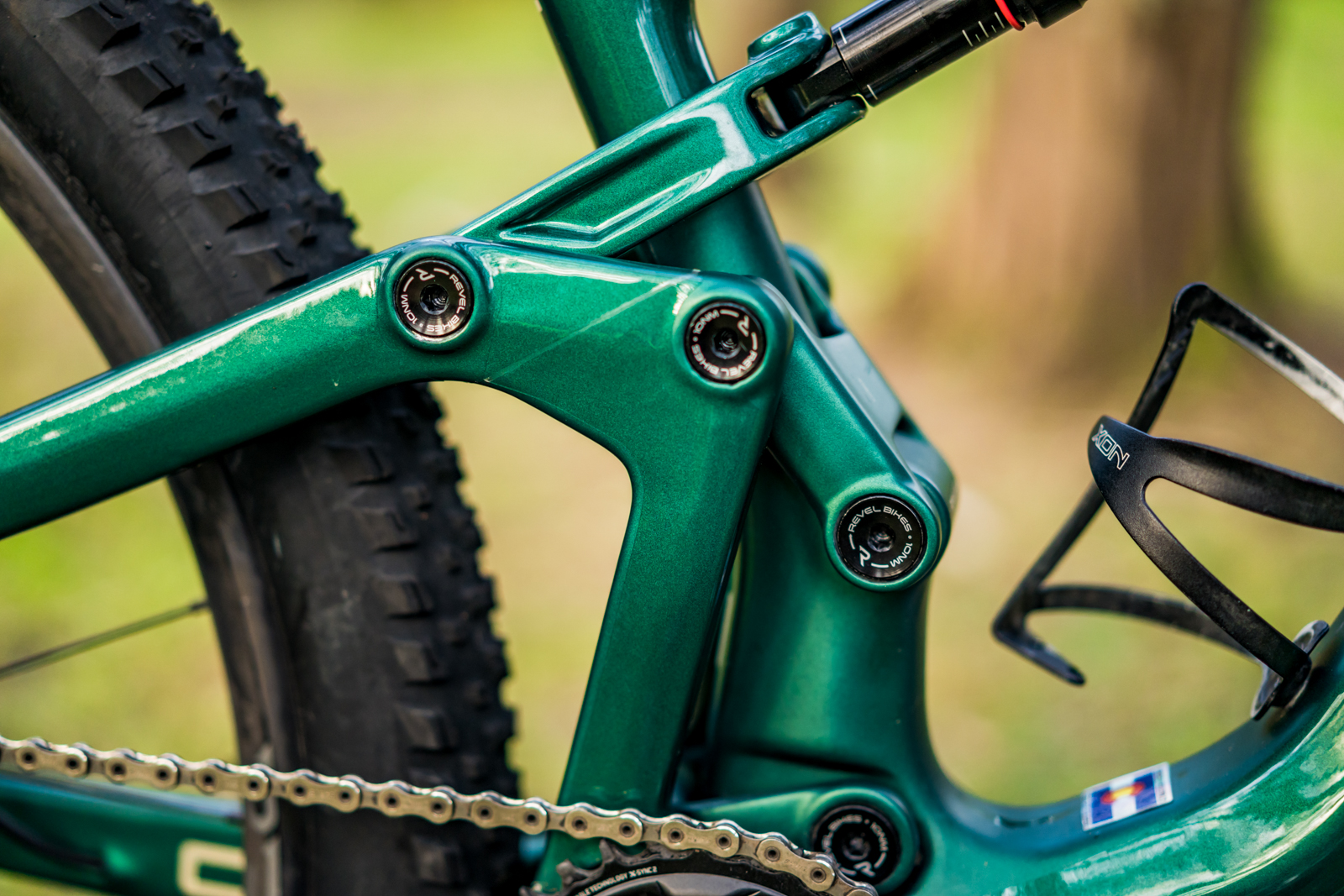
The setup of the Ranger was simple. I was riding the bike in a custom X01 Eagle specification, which included a full X01 Eagle drivetrain, top of the line G2 RSC brakes, and RockShox SID Ultimate suspension front and rear. Other spec highlights to note are Revel’s RW30 wheels, and the Yep Uptimizer dropper post, which is a premium dropper made in Switzerland.
The bike weighed in at 12.55kg in a size large, without pedals. I think this is pretty good considering the sturdy construction of the frame, use of a dual link suspension layout, and sturdy specifications. Sure, there are a few downcountry bikes that come in lighter than the Ranger in both the frame and overall departments, but for more trail-oriented riding I’d prefer this suspension layout than a flex stay single pivot design. Most of these bikes also don’t come with 4 piston brakes, and proper tyres.
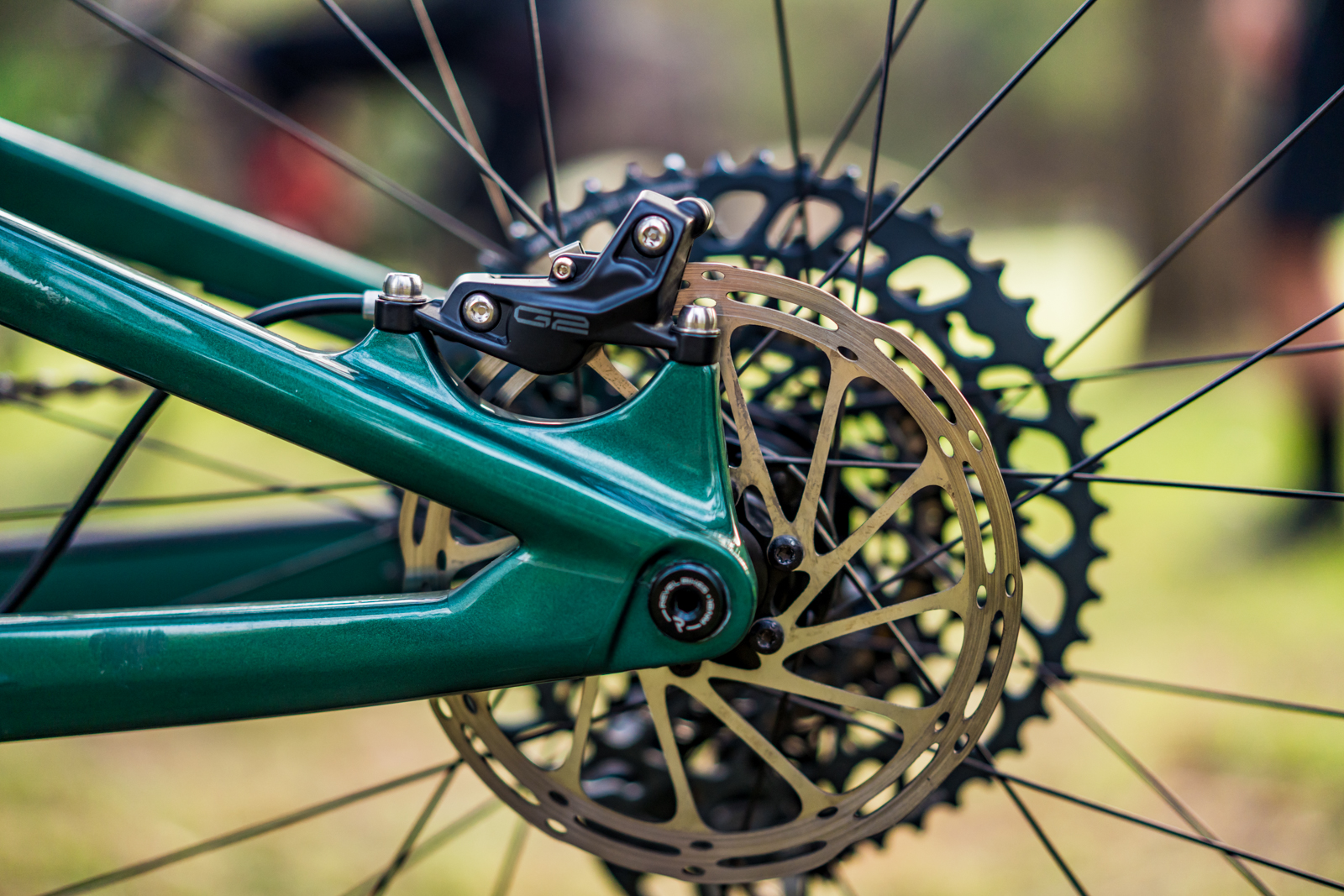
I had zero complaints about the Ranger in the specification I received. Maybe if I was being picky a longer dropper would be nice, but this is easily customisable when you purchase the bike from Off Road Bikes Online. Other than that, the spec is pretty much how I would setup my personal trail bike for trail riding up and down the East Coast.
On The Trail:
I immediately felt comfortable aboard the Ranger. The large size bike’s 473mm reach, 67.5-degree head angle, and 439mm chain stays aren’t anything crazy, but I felt they were in the right areas for a bike of this travel and intention.
Both the fork and shock on the Ranger have two settings, open and closed. There’s also a lever remote rear lockout option for the bike, routed cleanly through the top tube. Unless I was riding on the road on the way to the trails, I left the bike open anytime I was off road. The rear end of the bike feels separated from pedalling input from the off, and there’s no noticeable bob when pedalling either seated or standing.
When you’re pedalling and using the suspension, the sensation is quite unique. Instead of feeling the suspension absorb the impact in a vertical plane, it feels like the rear suspension absorbs impacts and generates them into forward motion. It’s an interesting sensation at first, but one that I appreciated greatly whenever I was pedalling.
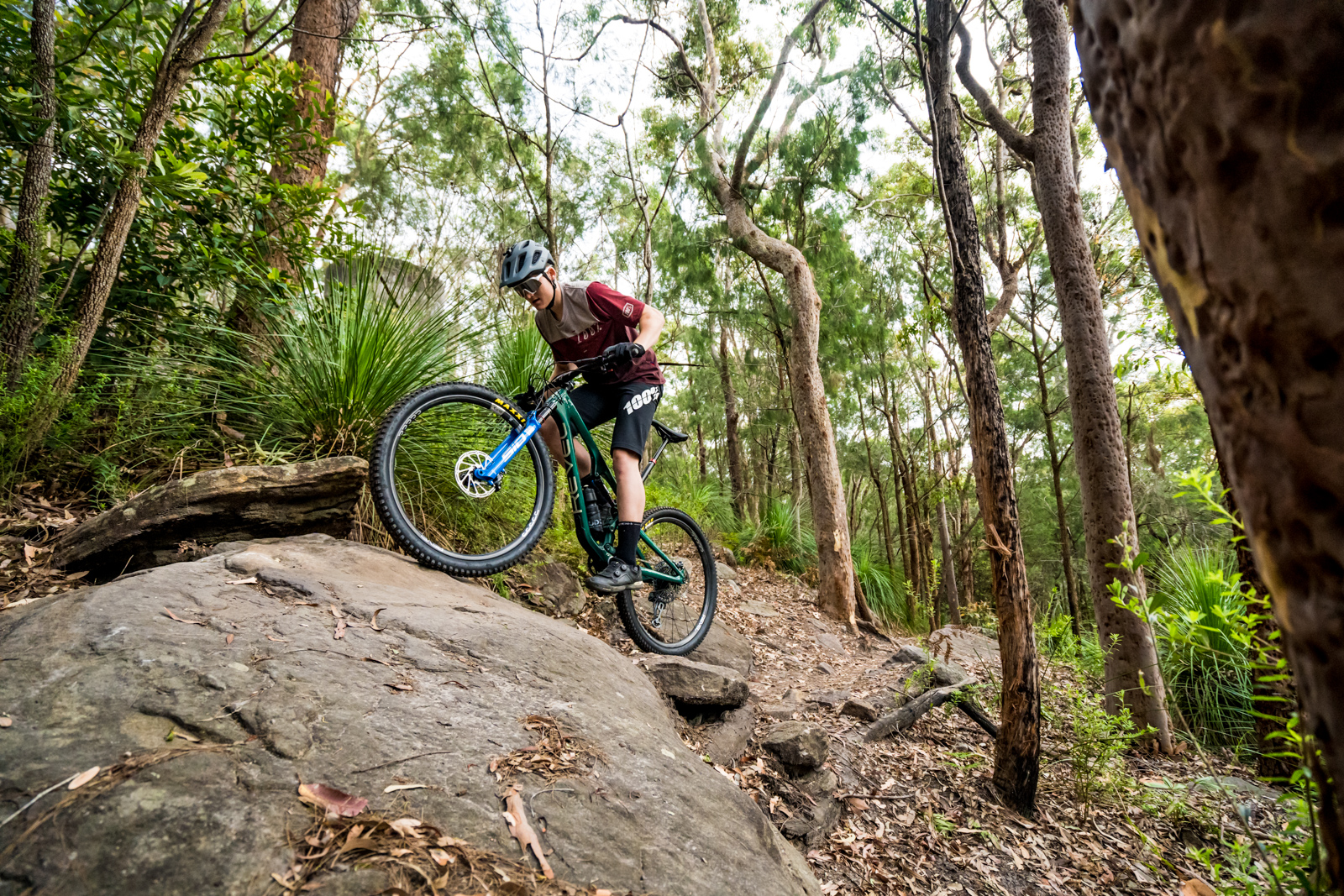
When you encounter a square edge bump on a climb like a rock or root that’s fully exposed, the rear end of the bike maintains traction well. The sensation of energy being transferred into forward motion really helped me on technical climbs where you’re going up and over an obstacle and it’s a flip of a coin whether you’re going to stall or not.
On the descents, the Ranger uses every millimeter of its travel to full effect, front and rear. On the majority of descents I do in my trail riding between Sydney and Newcastle, there are technical sections interspersed with longer periods of more mellow terrain. The Ranger encouraged me to be aggressive in these long stretches of tamer terrain, and it remained impressively composed in the technical sections that are the domain of longer travel bikes.
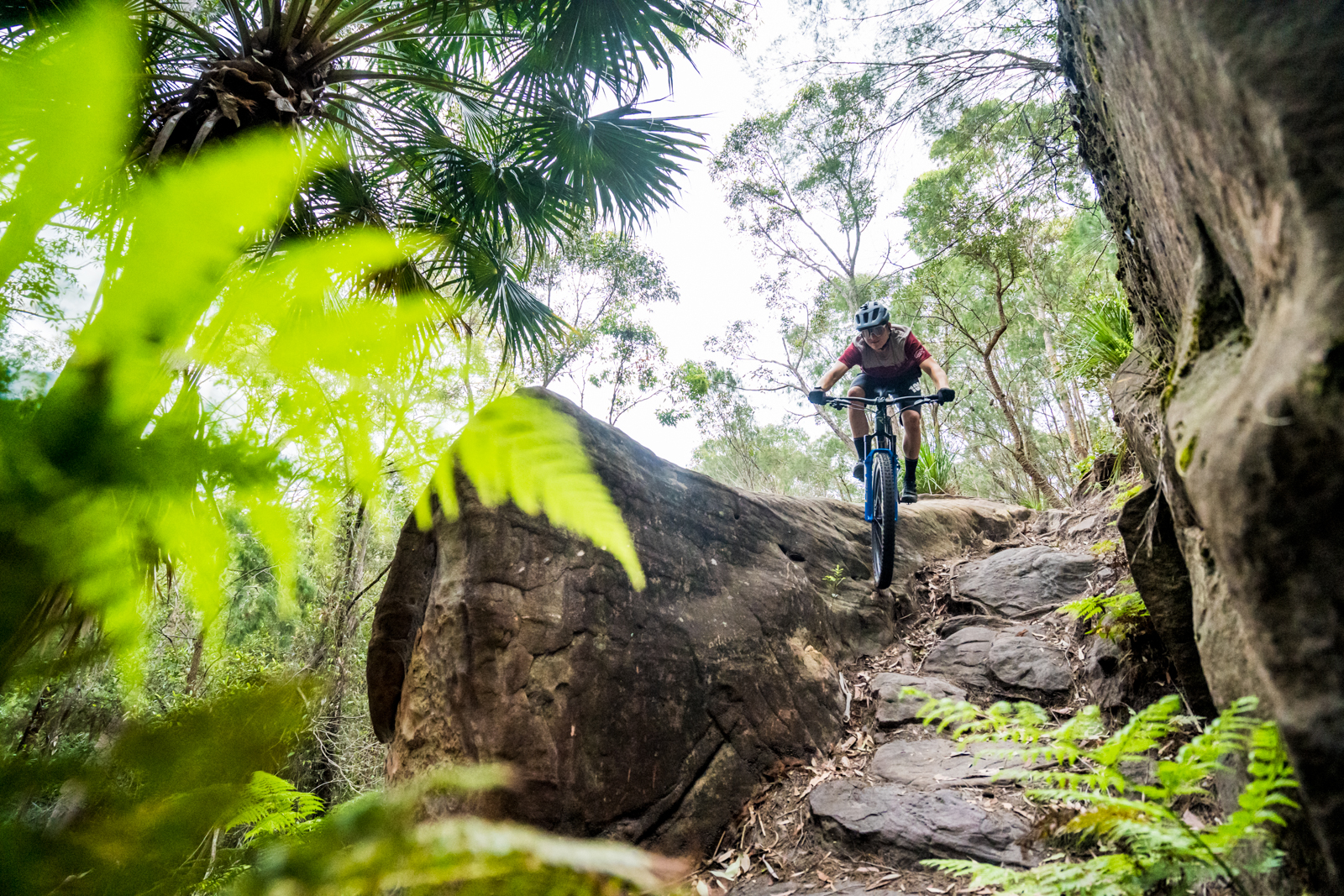
When there’s a lower speed technical section the Ranger feels in control, but definitely prefers you to take smarter lines rather than plough right through. Spec choices such as the G2 brakes and trail tyre combo made a real difference here in giving me confidence that I could stop when I needed and not lose rear end traction.
My favourite type of riding aboard the Ranger was undulating terrain and flowy descents. The bike’s relatively light weight, active suspension and sorted spec meant it dominated the descents on trails that feel a bit sketchy on pure XC bikes, whilst remaining fast and nimble on the uphills. I also enjoyed pushing the Ranger down flow trails, where at times a longer travel bike can feel a bit soft and lazy. The Ranger has just enough travel and trail-oriented geometry to eek every bit of speed out of these types of trails.
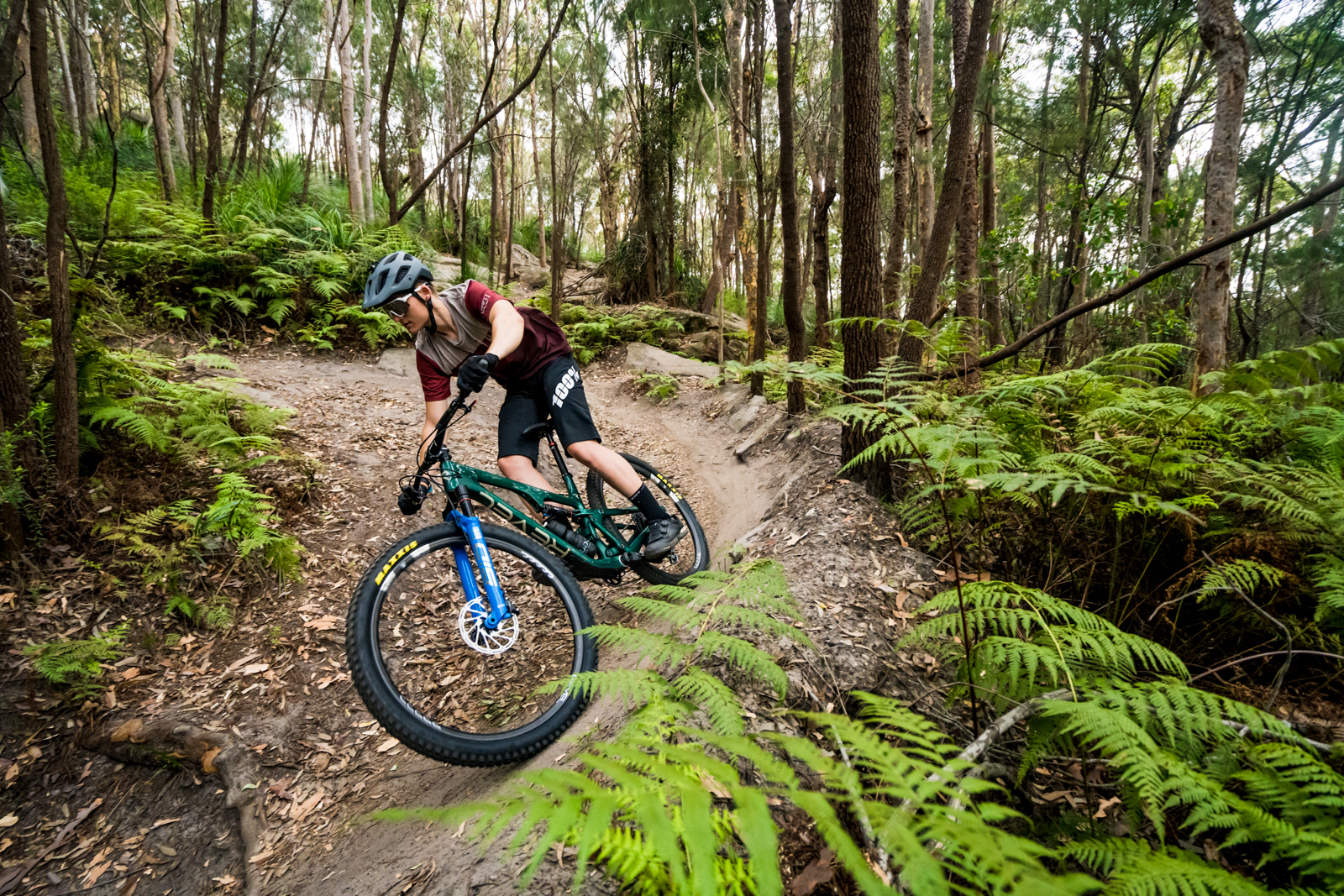
Whilst the Ranger is thoroughly impressive straddling the line between speed and efficiency as well as general trail manners, it’s a bike I’d put in the ‘jack of all trades, master of none’ category. With this being said, the Ranger’s weight and rolling resistance could both be dropped fairly easily, and I was running trail tyres and the burly RW30 wheels throughout testing. With a set of cross-country wheels and tyres the Ranger would be much closer to out and out cross-country race bikes, and it wouldn’t be holding many people back in a race.
Our Take:
In terms of pricing, Off Road Bikes Online offer the Revel Ranger at three price points from $8500 to $11599. There’s also the option to customise your build to your liking. Our custom build comes in at $11599. If this sounds like your cup of tea, the team at ORBO will be more than happy to help you out. When you consider that a frame set will set you back $4499, the build kits represent pretty good value.
ORBO and Revel are so confident you’ll enjoy your new bike that they offer 30-day refunds on any bike purchased, a lifetime warranty on the frame, and a crash replacement scheme. There’s also a demo scheme that ORBO are working on, once again get in touch with them for the details.
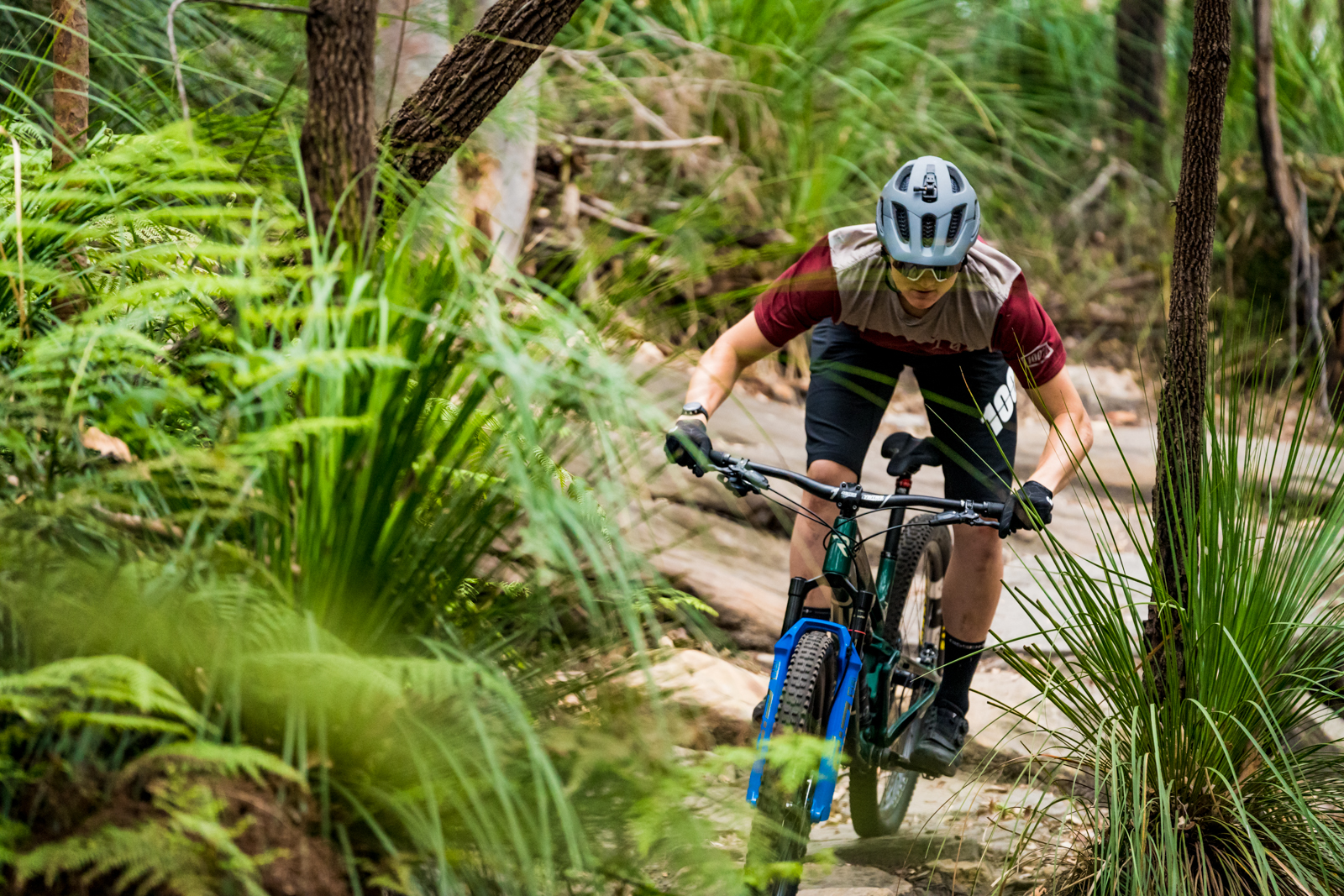
I was thoroughly impressed by the Revel Ranger. If you’d asked me 3 years ago what my ‘one bike’ would be, I would’ve said a bike with 140/150mm of rear travel. These days, a bike like the Ranger fits the bill perfectly for someone like me who wants to enjoy a whole array of trails, not just the gnarliest descents.
After more bike reviews? Click here.
Price: $8500 – $11599

